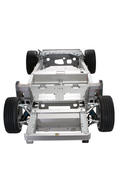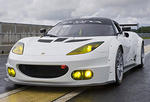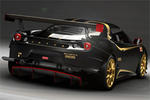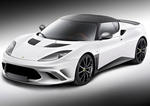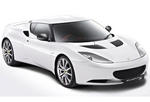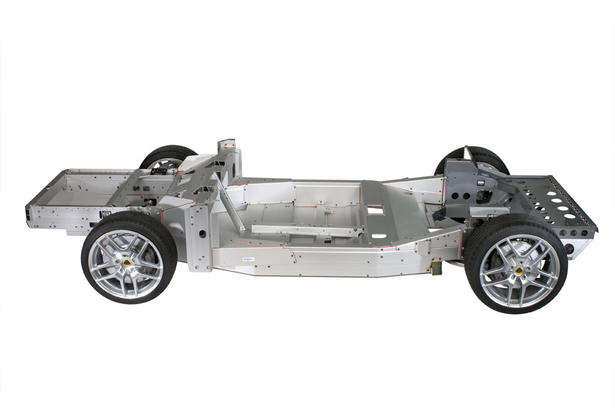
The Lotus Evora aluminum chassis has recently received a prestigious award at the European Aluminum Awards 2008. The Lotus Evora is the world's only mid-engined 2+2 aluminum structure that has been developed on the basis of the Lotus crossover concept vehicle previously showcased at the Geneva Motorshow.
The Lotus Evora aluminum chassis allows for the development of a range of vehicles up to a gross vehicle weight of 1,900 kg.
The Lotus Evora uses a composite roof as a stressed structural member to give an exceptional vehicle stiffness of 26,000 Nm per degree. The roof also works as a over structure.
from the Lotus Press Release:
Lotus Evora Architecture
The Evora’s chassis is an evolution of the Lotus vehicle architecture from the Lotus aluminum crossover concept vehicle previously showcased at the Geneva Motorshow, and allows for the development of a range of vehicles up to a gross vehicle weight of 1,900 kg.
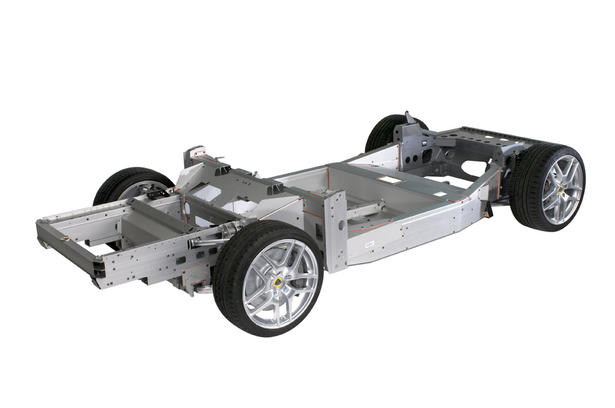
This architecture has been designed to be more applicable to mid-volume applications by utilising low capital investment manufacturing processes. The Evora structure progresses the Lotus ‘bonded and riveted’ technology used in the Elise family of vehicles with unique extrusions and folded panels, whilst providing contemporary ease of ingress/egress, build modularity and improved, lower cost repairs.
The low volume versatile architecture has been designed so that it can be extended in width, length and height. The strength and stiffness of the low volume chassis can be modified cost
effectively by varying the wall thickness of the extrusions, without altering the exterior dimensions. The ability to lengthen or shorten extrusions with the option to tailor the chassis stiffness vastly increases the number of vehicles that can be developed from this vehicle architecture. Front and mid engine installations have been considered, as well as hybrid and Electric Vehicle (EV) applications.
The Lotus Evora employs a composite roof as a stressed structural member to give an exceptional
vehicle stiffness of 26,000 Nm per degree, thanks in part to the seatbelt anchorage frame’s secondary function as a roll over structure, and partly because the high-tech composite body panels are stressed items. However, despite this high stiffness, the complete chassis and modules weigh just 200 kg (prototype weight), helping to keep the weight of the whole car to just 1350 kg (prototype weight). To deliver this high performance structure, bonded and riveted high grade aluminum extrusions and simple, elegant folded sheet elements are used in the lower structure, which complements the stressed composite roof upper structure.
Attached to the high strength central tub are sacrificial energy absorbing subframes of
extruded aluminum at the front and lightweight welded steel at the rear. These subframe modules also offer advantages in terms of convenience and low cost of repair, and during manufacturing can be brought to the production line fully assembled, ready to be attached to the fully assembled tub.
The high technology Lotus Evora chassis will be manufactured at the new Lotus Lightweight Structures facility in Worcester, UK. LLS employs 110 skilled engineers, technicians and sales staff and will manufacture all the Lotus aluminum structures, including those for the Elise, Exige, 2–Eleven and Europa and aluminum and composite structures and components for Lotus’s extensive global client base.

